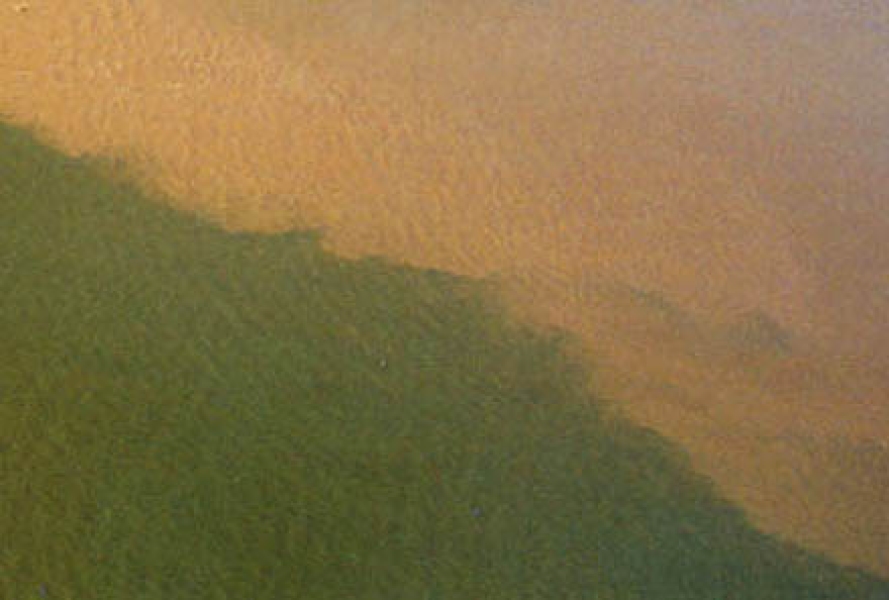How may wind energy generation activities influence sediments in waterways?
Earthworks associated with the development of roads and construction around turbine sites potentially impact waterways by increasing sediments and associated nutrients entering them. Preventing sediments from construction activities entering waterways and maintaining natural stream flows are critical.
Potential impacts of sediment on water quality and mahinga kai
- Decreased water clarity - increased sediment loading into a stream will decrease water clarity and reduce visibility for fish seeking food and places to live.
- Damage to fish gills and filter feeding apparatus of invertebrates.
- Changes to the benthic (bottom) structure of the stream/river bed - coarse substrates such as gravels and boulders are replaced/smothered by sand and silt.
- Decreased numbers of invertebrate species from smothering of habitat - invertebrates are a food source to some mahinga kai (e.g., kōura and fish) and diverse invertebrate communities are also an indicator of healthy stream systems.
- Decreased algal food supply at base of food chain - sediments can scour algae from rocks, make algae unpalatable, or reduce light to levels where algae cannot grow, because plants need light to photosynthesise.
- Increased contaminants from surrounding land - sediments can transport attached pollutants such as nutrients, bacteria and toxic chemicals from surrounding land into our streams.

